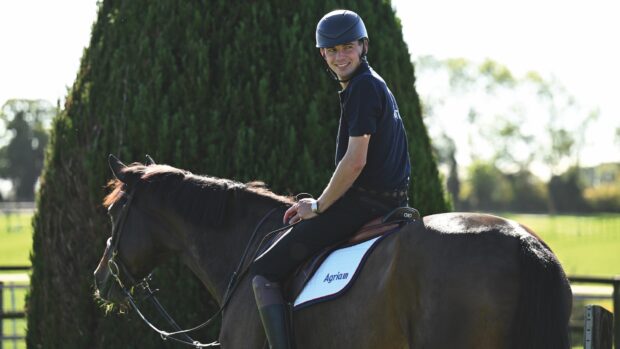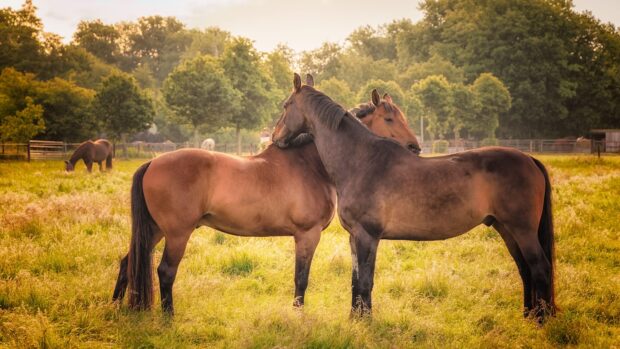New research suggests that horses get injured far more frequently than thought.
And the surprising findings reveal that most injuries occur during turnout – rather than in ridden exercise.
Vet Rosie Owen of Liverpool University studied 652 randomly selected competition and leisure horses.
She found that 40% of horses suffered a “traumatic injury” – anything from a graze to a fracture – in the course of a year. Of those, 47% required veterinary treatment.
But what will come as a surprise to many horse owners is that 62% of injuries occurred while the horse was turned out in the field.
Only 13% of injuries happened during ridden exercise, while 11% occurred in the stable.
Ms Owen told H&H: “The most common injuries [ridden and non-ridden] were lower leg wounds. Ten per cent of these were severe, such as fractures.”
Her research – sponsored by the Horse Trust and published in the Equine Veterinary Journal – shows that competition horses are at double the risk of injury compared with leisure horses during turnout.
“It could be because these horses are stabled for long periods, to avoid injury.
When they go out in the field, there is the ‘rebound effect’ and they charge around bucking and kicking,” said Ms Owen.
Insurance industry figures have told H&H they work on the basis that one in five policy-holders will make a claim in any one year.
David Buckton, head of livestock at South Essex Insurance Brokers (SEIB): “This is a very difficult market for insurers to make a profit in. One of our underwriters pulled out last year because they couldn’t make it pay.”
But Mr Buckton is firmly against the notion of “wrapping horses in cotton wool”.
“We love our horses dearly, but they are a working animal,” he said. “They should be exercised and used – and turned out.”
This news story was first published in the current issue of H&H (1 December 2011)



